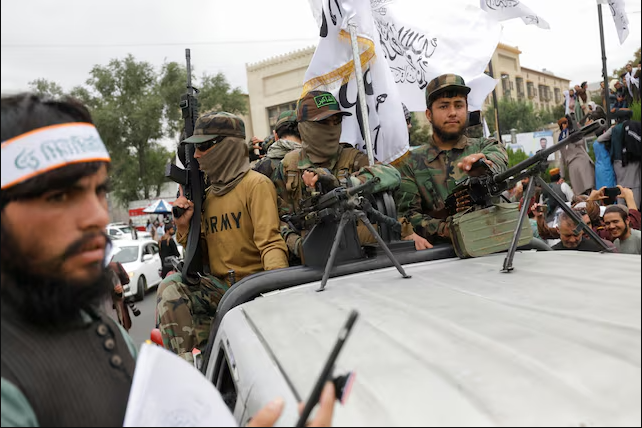UNICEF reports lethal lack of water, services in Gaza amid Israeli siege M Haris
UNITED NATIONS: UN Children Fund (UNICEF) spokesperson James Elder has said that almost 3,000 malnourished children were at risk of dying before their families eyes in Gaza, where Israeli attacks over the past eight months continue unabated.
Speaking from besieged Gaza ton UN News, a media website, Elder described a dire landscape, with a focus on child malnutrition and the devastating impact of the ongoing conflict amid growing concerns of famine.
The destruction of health facilities, including specialized centers that are critical for staving off malnutrition, has severely hampered efforts to address severe hunger among children against a backdrop of constant bombings and attacks alongside the lethal lack of access to basic necessities that have already left children physically and psychologically scarred.
The UNICEF spokesperson emphasized the urgent need for a ceasefire to address the humanitarian crisis, get the hostages home and allow for the delivery of aid, education and medical care.
Meanwhile, in a stark assessment of the dire situation, the head of the UN World Health Organization (WHO), Tedros Adhanom Ghebreyesus has warned that significant proportion of Gaza population is now facing catastrophic hunger and famine-like conditions.
“To date, more than 8,000 youngsters have been diagnosed and treated for acute malnutrition, including 1,600 children with the most dangerous form of the condition,” the WHO Director-General said.
“Despite reports of increased delivery of food, there is currently no evidence that those who need it most are receiving sufficient quantity and quality of food,” Tedros maintained.
“Lifesaving treatment for dangerously malnourished children is dwindling in the war-shattered enclave, with only two of three specialized nutrition stabilization centers for seriously undernourished youngsters in Gaza still open,” according to the UN Children Fund (UNICEF).
“Despite, the ongoing operational and security challenges for aid teams, humanitarian partners are currently reaching some 280,000 people per week in Gaza with health service,” OCHA said.
“Before noting that shortages of cooking gas and lack of a power supply have made it difficult to keep community kitchens and bakeries running.”
“Efforts to distribute food remain constrained by the active fighting, damaged roads, a limited number of entry points into Gaza, suboptimal operating hours at crossings and checkpoints, and the limited number of trucks allowed access. To roll back months of near-starvation conditions in Gaza, other types of critical aid must also reach people in need,” the UN aid office said.


